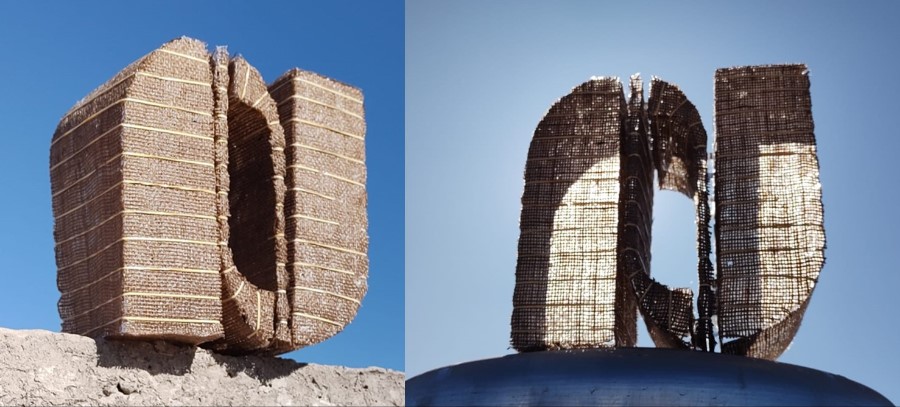18. Wildcard week¶
This week we were commissioned to design and produce something with a digital fabrication process not covered previously.
Group Assignment¶
For this week we decided to test the composites. Before fabricating something we decided to do some preliminary tests to see how the materials behave.
For the first test work we decided to use Epoxy Resin 86 and its application on fabrics. Epoxy Resin 86 is a low viscosity polymer that dries and hardens when it interacts with its catalyst. It is a high transparency and gloss resin, resistant to breakage and high traffic, it has a cold cure, and its toxicity is much lower than that of common resins. This resin has UV protection which helps it not to lose its transparency over time.
According to its technical data sheet it has these characteristics:
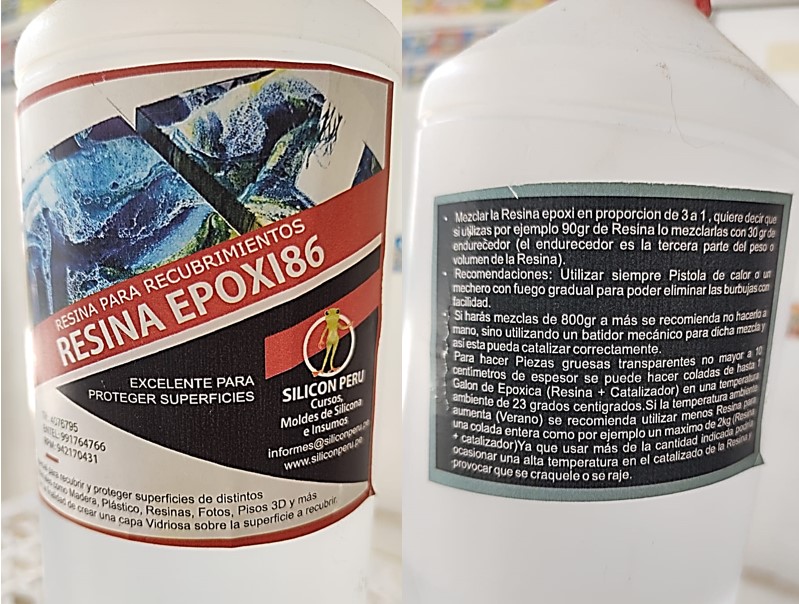
- Colour = Transparent
- Mixing ratio = 1 resin and 3 hardener/catalyst (by weight)
- Drying time = 12 hours
- Bubbles: a heat gun can be used to avoid them
- Mixing: for quantities over 800 gr use mechanical mixer
- Curing: at ambient temperature of 23 °C up to 4000 g can be used without cracking. At higher temperatures a smaller quantity should be used to avoid cracking
With these data and in an open place to avoid strong odour, we proceeded to apply the resin on small pieces of jute and PVC fabric.

It was applied to a single fabric sample, then to two fabrics and finally to three to determine its final resistance.

It is concluded that the epoxy resin hardens on the fabrics and gives them good resistance, which is greater when more layers of fabric are applied.

The following work tests were carried out with textile mesh and hydraulic cement. For the fastening of the textile mesh, it was glued with liquid silicone to the plastic mold. Subsequently, the textile mesh was oiled so that it does not stick to the cement paste.
 After this experimentation we concluded that it is not necessary to glue the mesh to the plastic mold. since the cement paste is easy to handle and allows it to be shaped according to the mold. We also concluded that it is not necessary to apply oil to the textile mesh. Once the cement paste is dry, the textile mesh is easily removed.
After this experimentation we concluded that it is not necessary to glue the mesh to the plastic mold. since the cement paste is easy to handle and allows it to be shaped according to the mold. We also concluded that it is not necessary to apply oil to the textile mesh. Once the cement paste is dry, the textile mesh is easily removed.
Individual Assignment¶
In the lab we have a Polystyrene Hot Wire Cutting Machine. This CNC supports polystyrene formats of 20x90x120 cm and various densities.

The logo of the Faculty of Architecture and Urbanism was designed in Autocad in two dimensions. The file was saved with DXF extension.
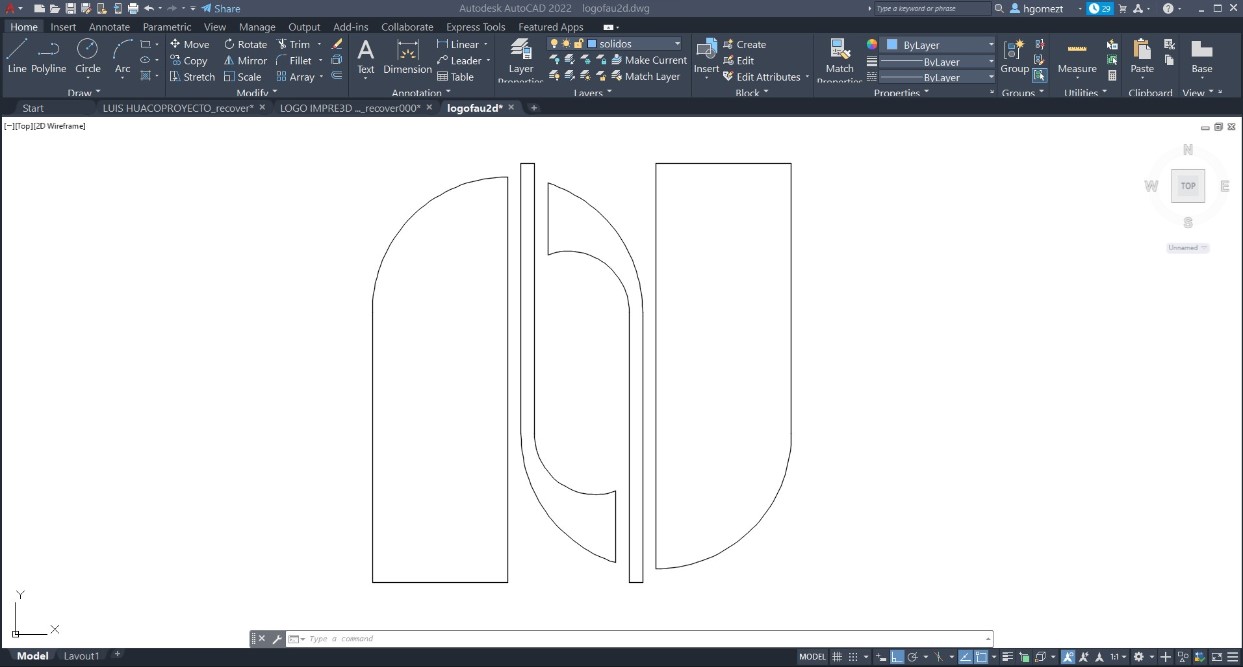
The file must be opened in Inkscape to be converted into G-Code with the extension Polyshaper.

We note that the Inkscape version is a variant to recognize the plugin Universal Gcode Platform. Version 9.2 was compatible with our machine.
Beforehand, the polystyrene sheet is placed and clamped in the machine. Then the origin point is located manually and the origin point is set by pressing “Reset Zero2. Finally, the button that heats the nichrome wire is turned on and the Gcode is executed.
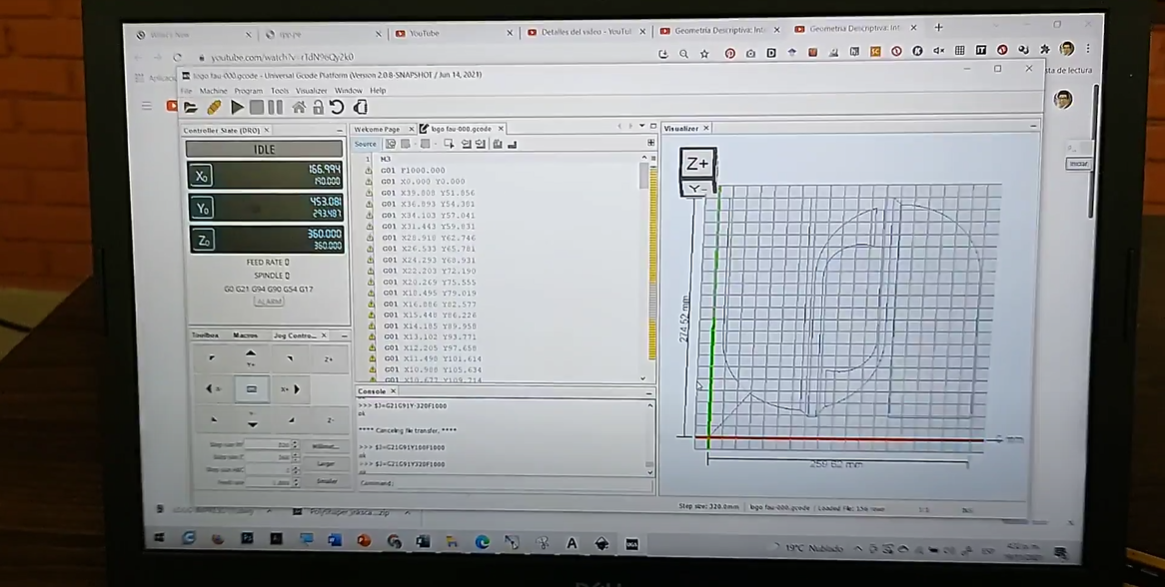
These are the cut polystyrene pieces.
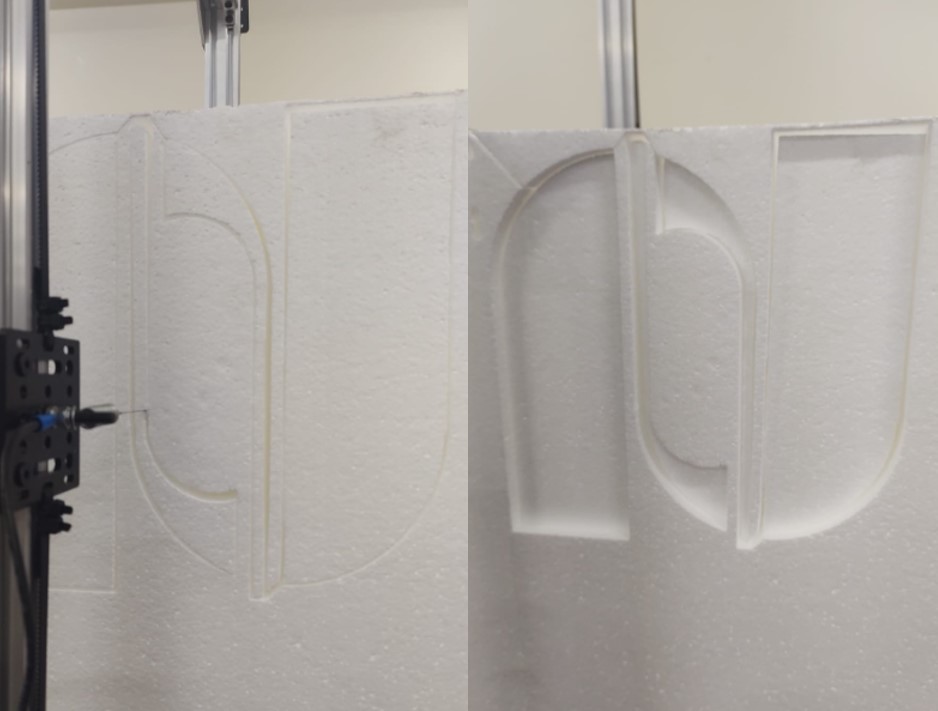
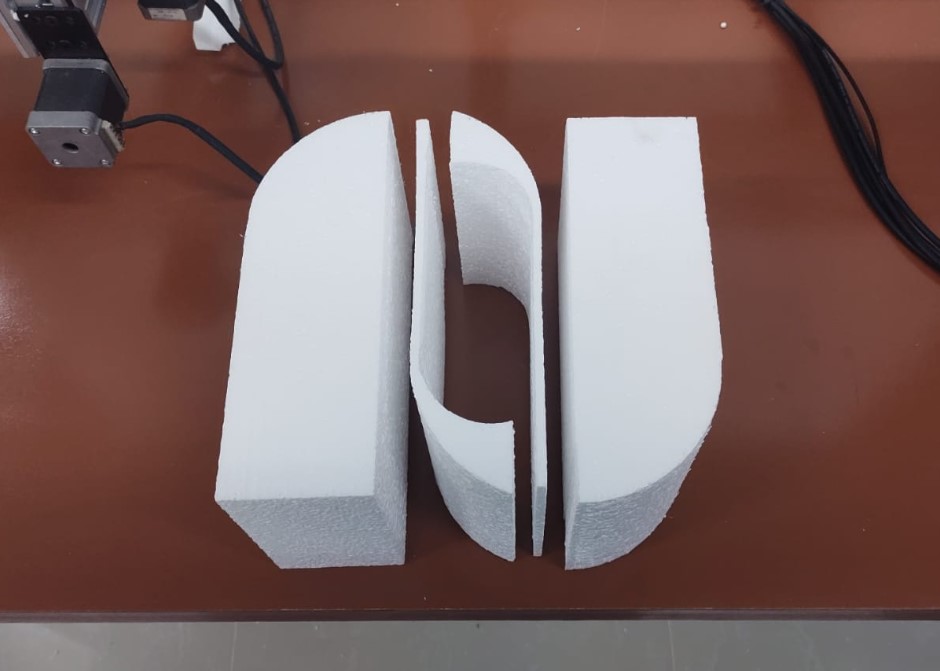
Composite¶
I decided to create a composite with Epoxy Resin and Jute. Jute is a long natural fibre and the most commonly used for various textile applications. Previously I lined the polystyrene moulds with plastic film to achieve a better demoulding at the end of the process.
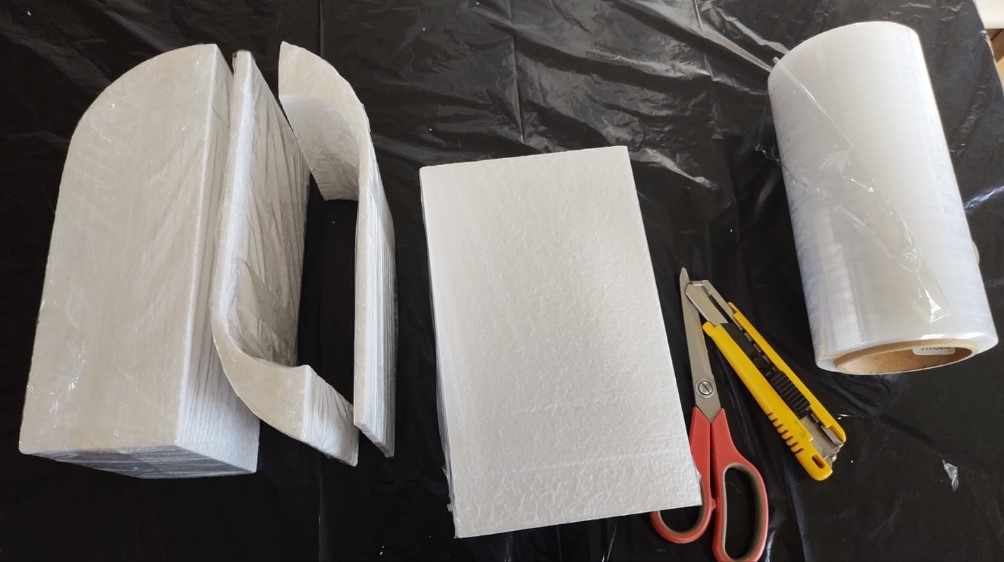
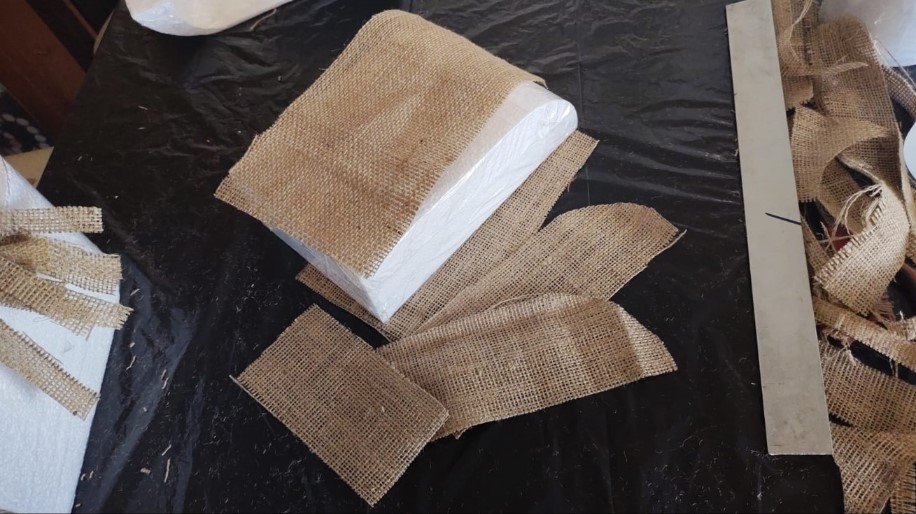
The epoxy resin 86 comes in two separate bottles. The first contains the resin itself and the smaller bottle contains the hardener. Both components should be mixed in a ratio of 3 to 1 by weight.
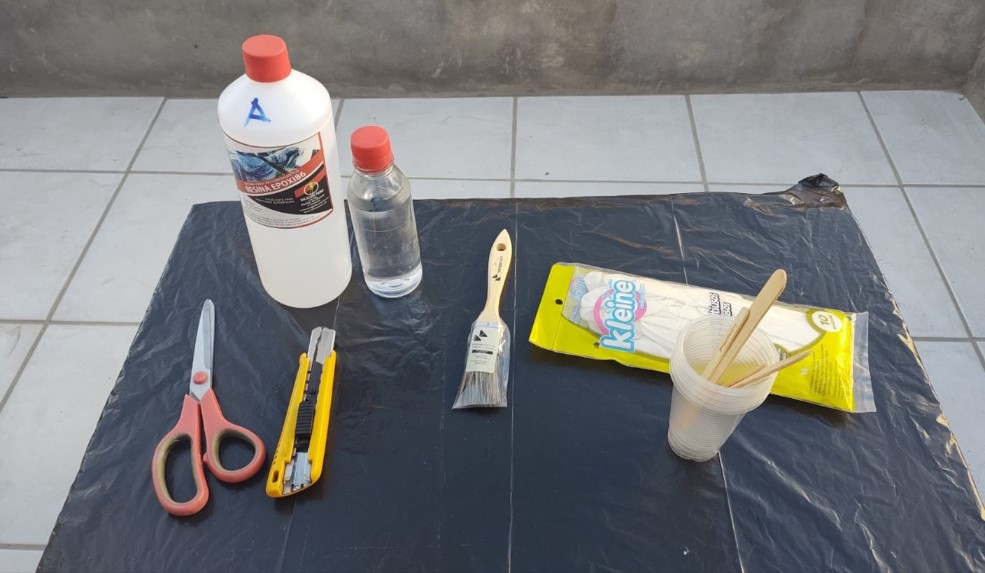
Once both components were mixed, the resin was applied on the jute fabric.
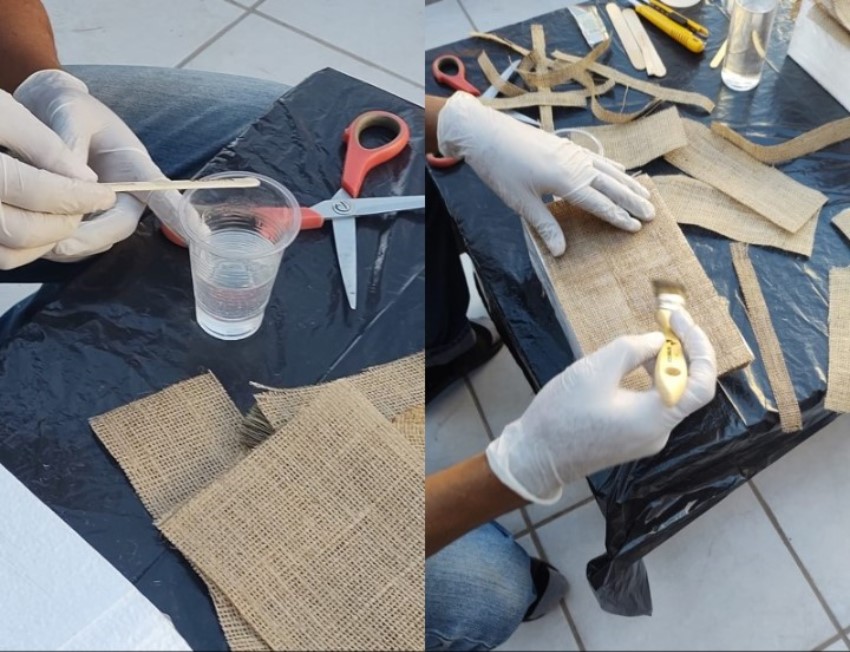

Because the jute did not adhere very well to the mould, I used elastic bands. This ended up giving it a different finish.
After 72 hours the jute fabric was very stiff and hard.


